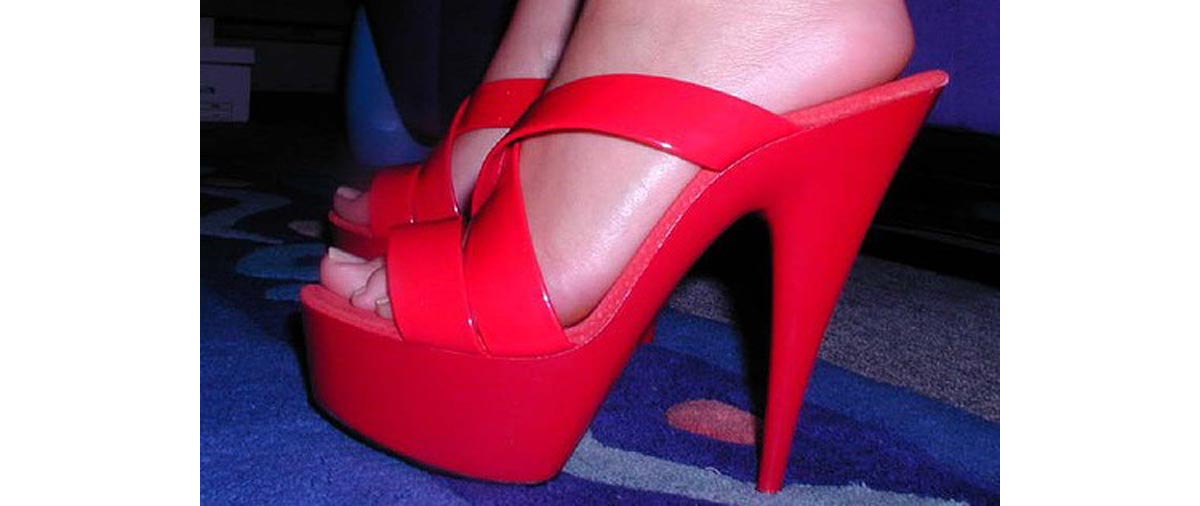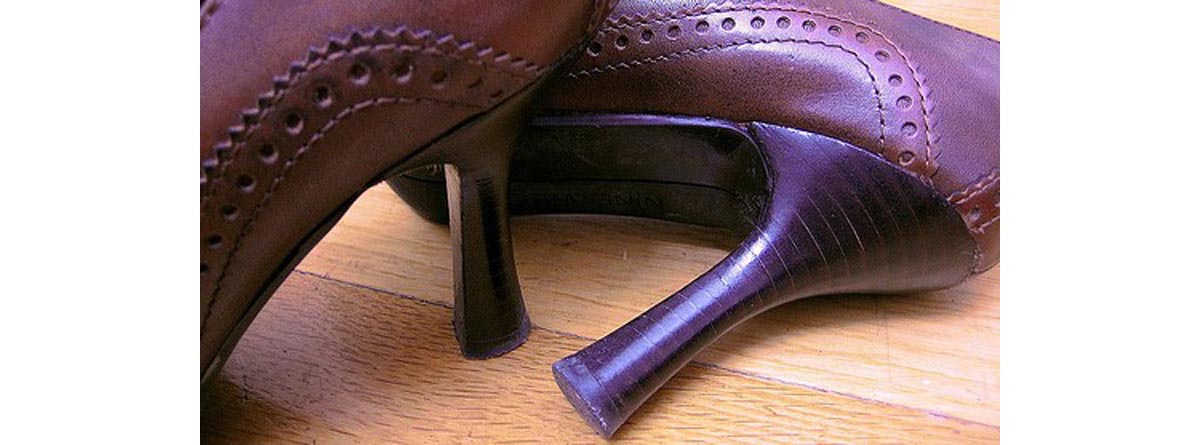How many times have you gone out in your favorite pair of heels, thinking that you look fierce, feminine and fabulous, only to end the night hobbling around, feeling like you've run a marathon. Over cobbles. Up a big hill. Twice. ?

Heels may look great, increase your confidence, make you look taller, more slender and feel sexy, but let’s face it, they’re not the most comfortable of footwear.
Fierce, feminine and fabulous are one thing, but what about the fourth “F” – fitness?
When on a night out though, you can’t really wear your slippers, walking shoes or sneakers, no matter how comfortable they might be. Even a pair of flat pumps is a no no for some women, so what can you do?
To wear high heels pain free and ensure you’re not walking with a limp after 20 minutes, that fourth F is critical – you need high heel fitness.
And that’s where these classes come in. If you’re paying out potentially hundreds of dollars for a pair of designer heels, you want to be able to get the most from them and wear them whenever and wherever you want. But this isn’t going to happen if you can’t take more than a few steps without being in agony.
That’s the big benefit high heel exercise classes offer. The calorie burn and fitness aspect of the sessions is almost secondary, as the main aim is to get you functionally fit for wearing heels. As impractical as they may be, high heels aren’t going away any time soon – they’re firmly cemented in fashion history and are here to stay, so you may as well get good at wearing them.
As wearing heels taxes your muscles in so many different ways, spending 45 minutes to an hour moving around in them really conditions your muscles and gives you a great new workout challenge. This is of course provided that you move properly and maintain good posture while going through the class. A good instructor should be able to offer you tips and constructive criticism on your technique and pick up when you’re doing something wrong.
Moving properly in heels, you should really be feeling your calves, butt, hamstrings and core working by the time the class finishes.
Another massive advantage these classes have over regular workout classes is that they’re fun, and isn’t that a big part of what training is all about?
If you’re not enjoying your training, you’re far less likely to stick to it. There really is no point partaking in a class if you hate every minute of it, so finding something you enjoy is a godsend. Hopefully your high heel class will leave you feeling tired out, but invigorated, happy, and ready to go and kill the catwalk, or look like a superstar on your next office night out or dinner date.
If you enjoy high heel classes, feel you’re increasing your fitness, notice an improvement in muscle strength and posture and burn extra calories to boot, keep on attending.
High Heel Workouts: Potential Hazards And Considerations
As with any exercise class, there are risks involved to high heel workouts.
The most obvious of these is the chances of tripping and falling
Even if you've not had a few cheeky glasses of wine or one too many cocktails, you can still be slightly unsteady on your feet when walking around in heels. Couple that instability with moving at a fast pace around an exercise studio, while trying to walk with perfect posture, avoiding collisions with other class attendees and adding in extra movements and it could be a recipe for disaster.

It goes without saying that if you’re not used to wearing heels, you should either avoid these classes and just try breaking them in at home, or find a class that caters specifically for beginners.
The second main issue is the risk of developing poor posture
One big issue with high heels is that they push you into an anterior posture. As your heels are raised, your center of gravity moves. Instead of being in an optimal position over the base of your heels, it’s now over your mid-foot and toes. To compensate, your body pushes forward slightly by anteriorly tilting your pelvis, otherwise known as a “duck butt.”
Not only is this bad for your lower back, but it effectively turns off your core muscles, unless you concentrate really hard on keeping them tight and not letting your hips sag forward.
Your calves also take a beating
In high heels you’re pretty much performing a static standing calf raise all the time. This might sound great – “fantastic, I’ll get lean, slender, firm calves” you probably think, but be warned – holding your calves in this position for so long can lead to excessive tightness.
Do other exercises too and break yourself in gently
If you’re going to attend a high heel class, it’s absolutely crucial that you do other exercises too and break yourself in gently
Just try one 30 to 45 minute class each week and build up the intensity gradually. Extra core stabilization work, through exercises such as planks, side planks, and rollouts are a must too, as are other leg moves. Simply walking round in your heels won’t cut it – you should be squatting, lunging, deadlifting, or performing bodyweight moves such as glute bridges and step ups too.
One final pointer – never try to run in heels
It may sound obvious, but if you’re bitten by the high heel class bug, there’s a danger you’ll be tempted to start taking them on the treadmill. No matter how good your balance and posture are, running in heels is likely to lead to some kind of injury, and even a pair of Manolo Blahniks can’t make a broken leg look better.
- "These Workouts Offer a Chance to Really Pump It Up"
- By Dr. Erica E Phillips
- Published on February 1, 2013
- Accessed on May 9th, 2013
- Retrieved from http://online.wsj.com/article/SB10001424127887323854904578261831621279340.html


Your thoughts on this